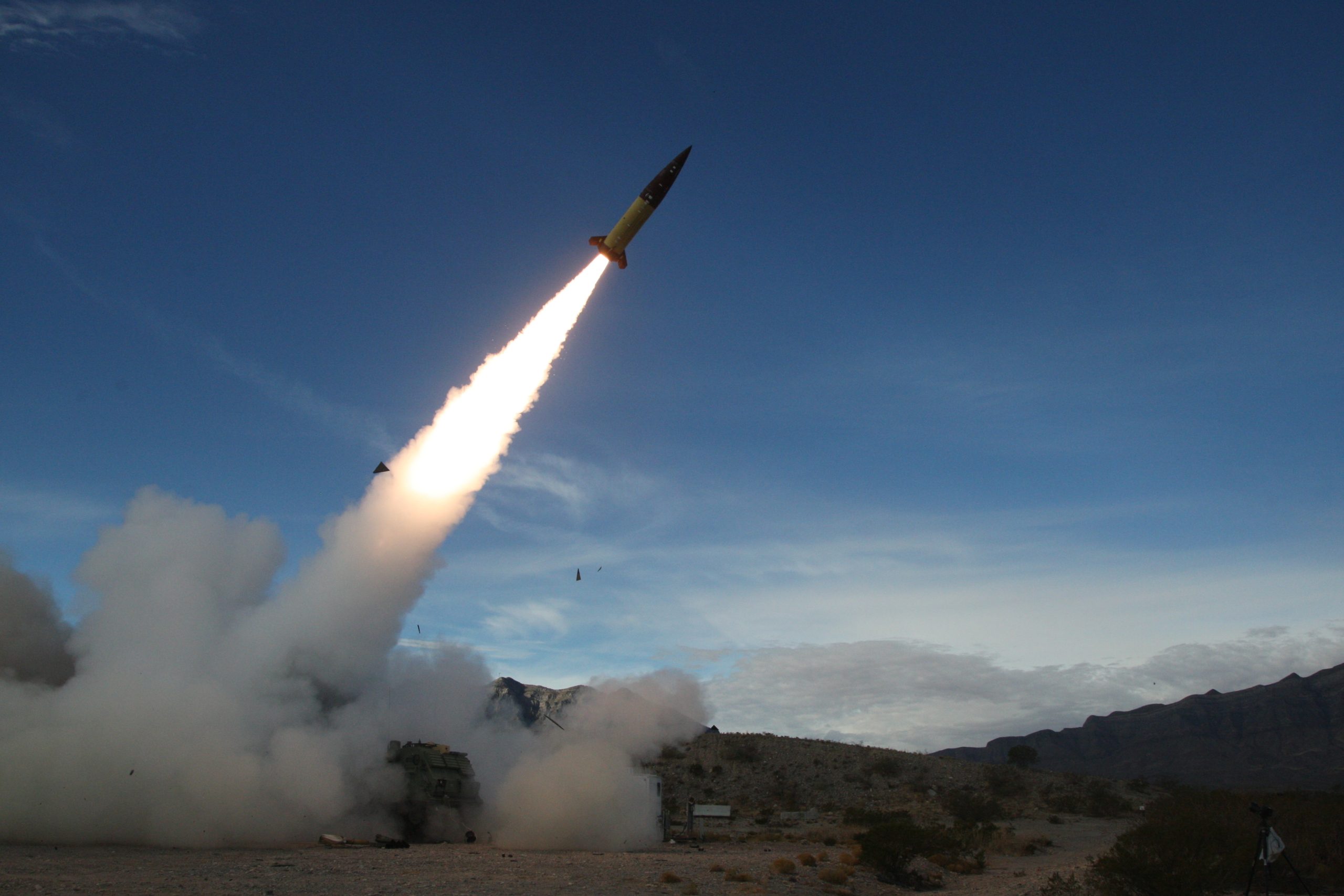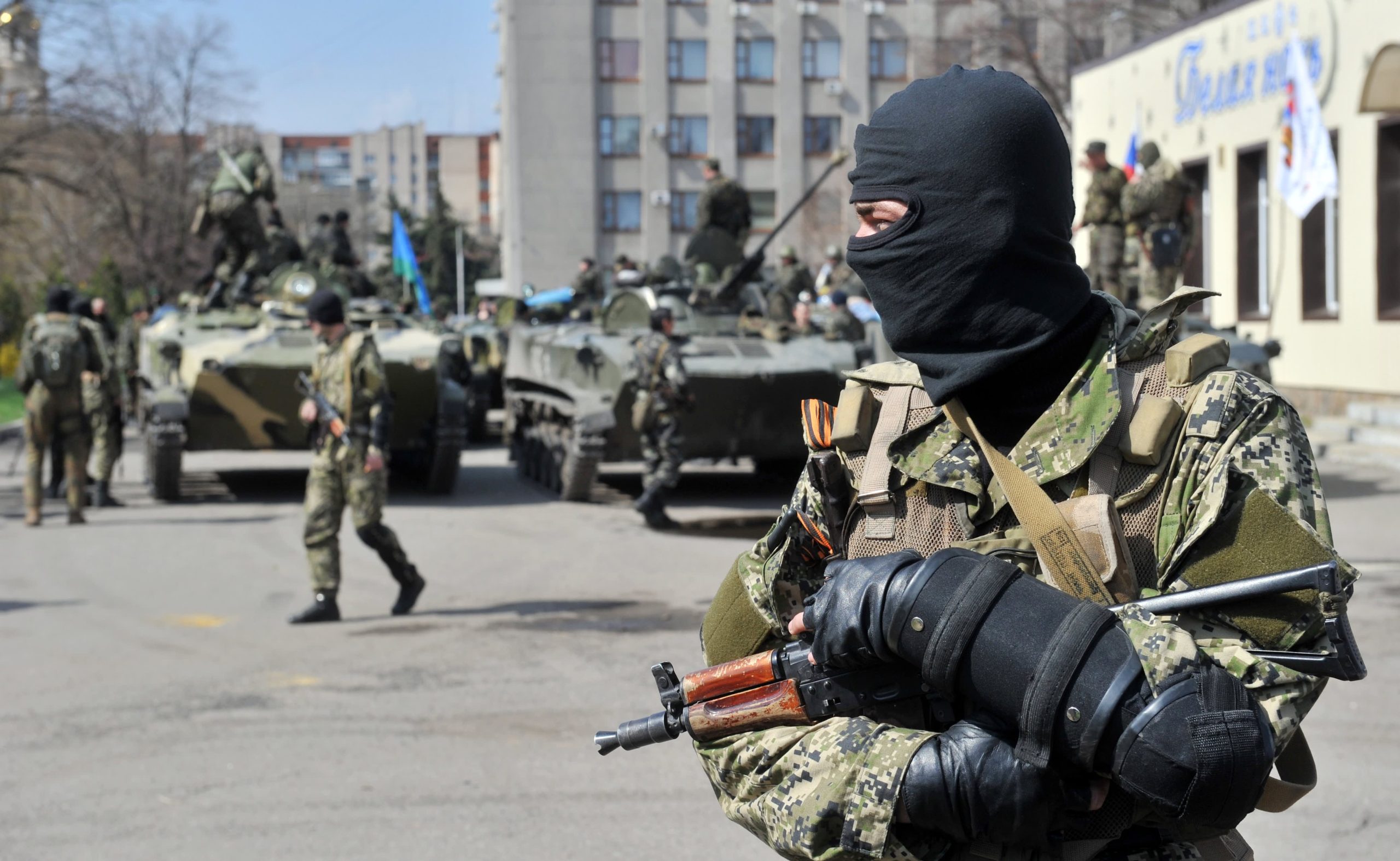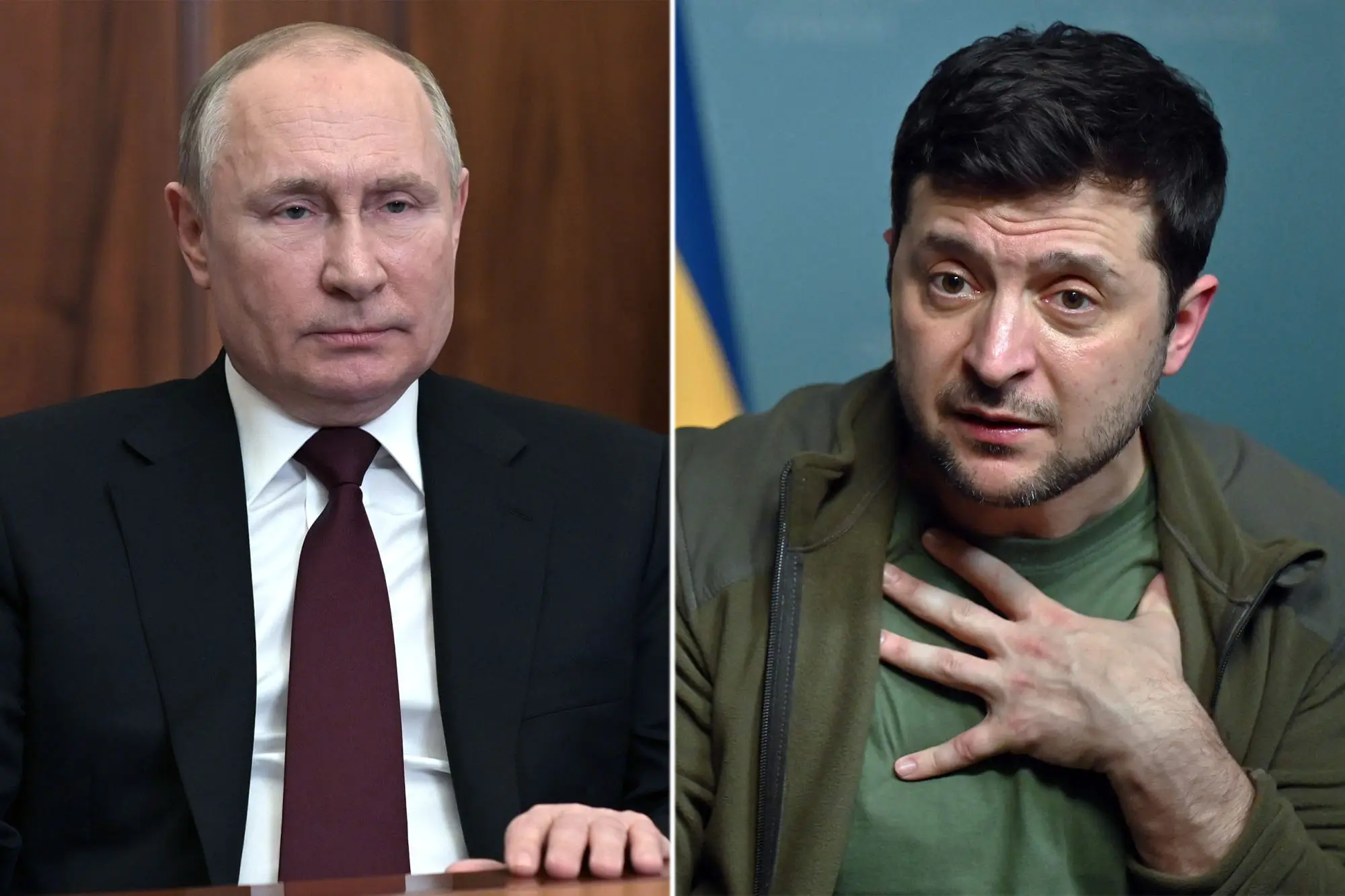Amidst the ongoing attritional warfare in Kyiv, questions arise about the future availability of U.S.-made ATACMS missiles that Ukraine utilized effectively against Russian forces. With approximately 20 ATACMS supplied by the U.S. already deployed by Ukraine, concerns are raised about potential shortages and the use of expired stockpiles. The ATACMS, credited for its success in blitz attacks on Russian military bases, has become a crucial asset in Ukraine’s fight against Moscow.

Debate Over Expired ATACMS Stockpiles
As discussions unfold on the longevity and functionality of expired ATACMS, concerns are voiced about the scheduled destruction of hundreds of Lockheed Martin-made M39 and M39A1 missiles in U.S. stores. Former special adviser Daniel Rice suggests that these missiles, despite being scheduled for destruction, could be shipped to Ukraine, offering increased range, accuracy, and lethality in the ongoing conflict.
The debate over the shelf life of ATACMS becomes political, with experts arguing that functionality extends beyond the expiry date. Lieutenant General (Retired) Ben Hodges emphasizes that decisions not to send ATACMS based on shelf life are political rather than safety-driven. Fabian Hinz, a research fellow, points out that the key lies in maintaining the solid-propellant rocket’s motor in good condition, which could extend the shelf life.
While Ukraine aims to disrupt Russian supplies and target key assets with the M39 ATACMS, concerns linger about the limited number of available warheads. The debate intensifies on the strategic importance of providing more ATACMS to Ukraine to undermine Russian troops and make their military presence in Crimea untenable.
READ ALSO: UN Security Council Stalemate as Russia and China Veto US Resolution on Israel-Palestine Conflict
Strategic Impact and Future Considerations
Analysts suggest that with a sufficient supply of ATACMS, Ukraine could significantly impact Russian forces, making prime targets out of bases, infrastructure, and troop formations across vast territories. The potential to increase Russian casualties is highlighted, especially with the cluster variants containing nearly 1,000 sub-munitions in each M39 rocket.
Despite the operational need for more ATACMS, challenges arise in differentiating between cluster and unitary warhead versions, with specific considerations for striking Russian infrastructure near inhabited areas. The call for more ATACMS to provide Ukraine with the tools to undermine Russia’s military presence in every square mile of the country gains momentum.
READ ALSO: Russian Jets Over US Bases in the Middle East: A Double Threat, Warn Experts




